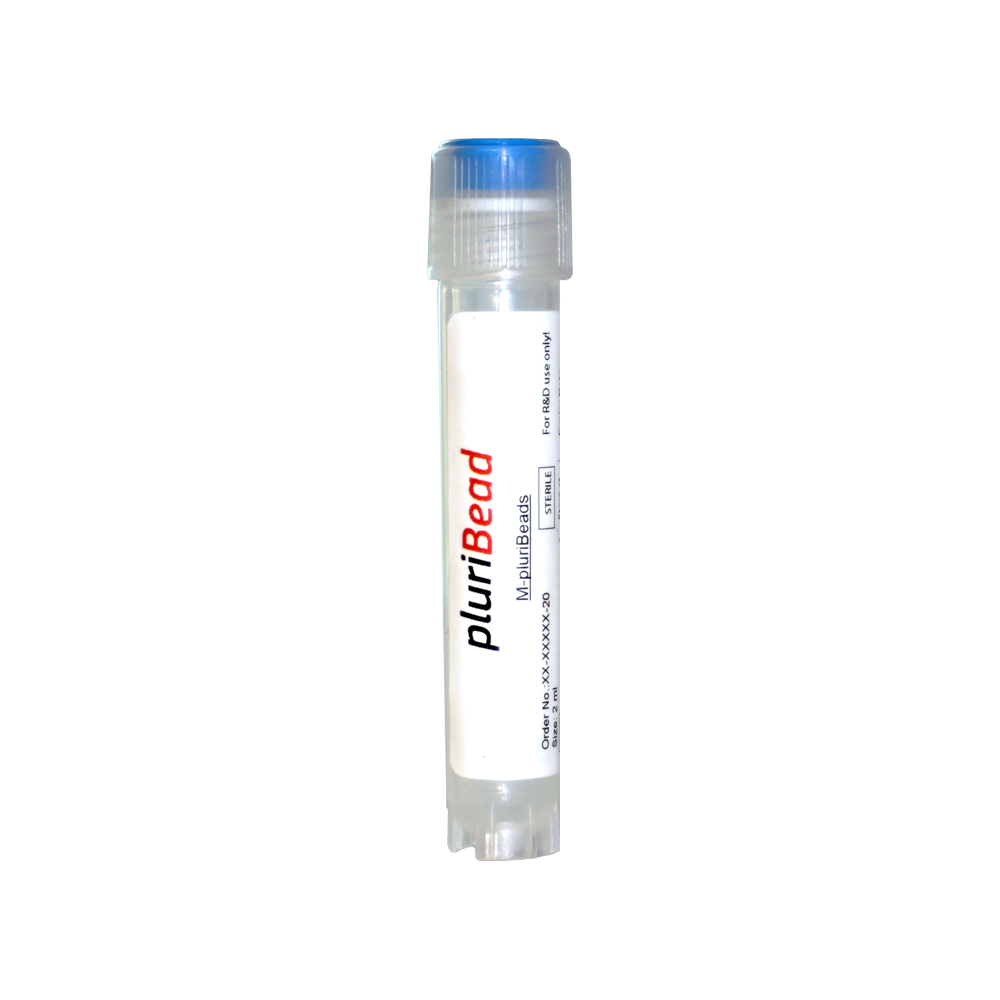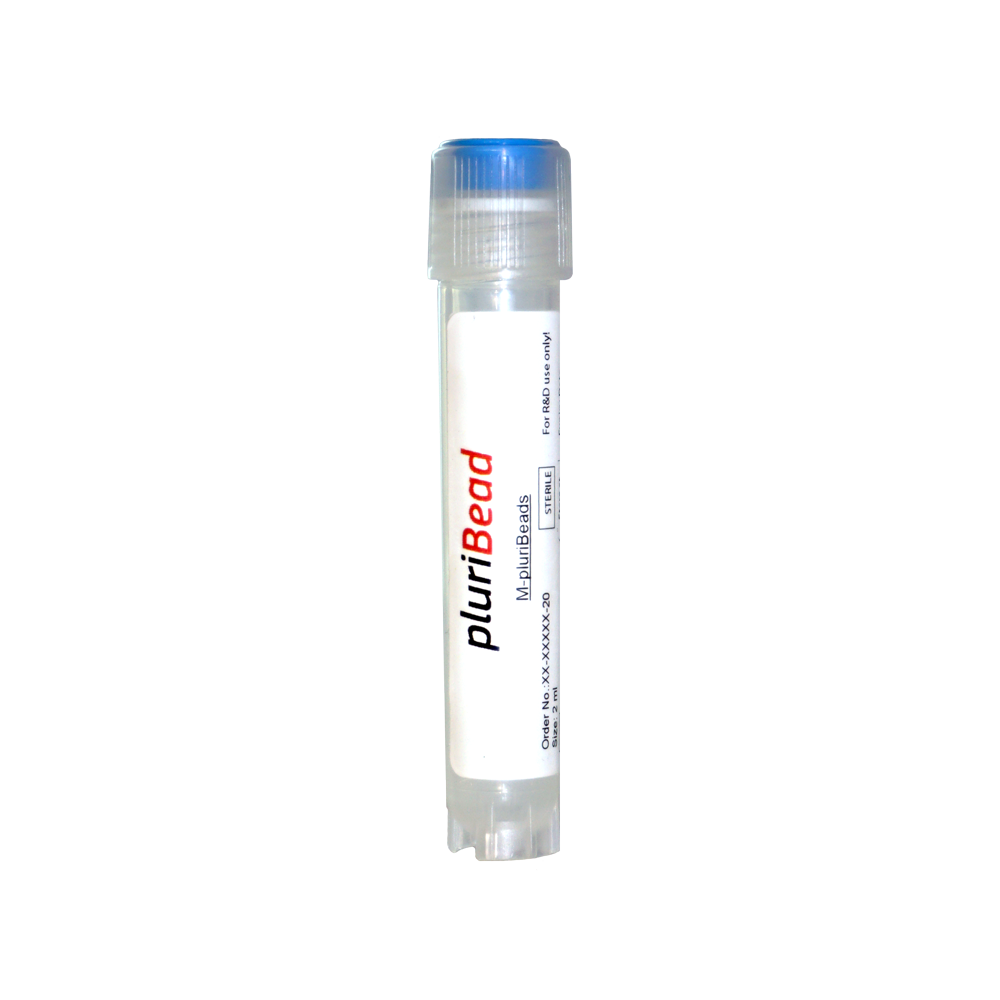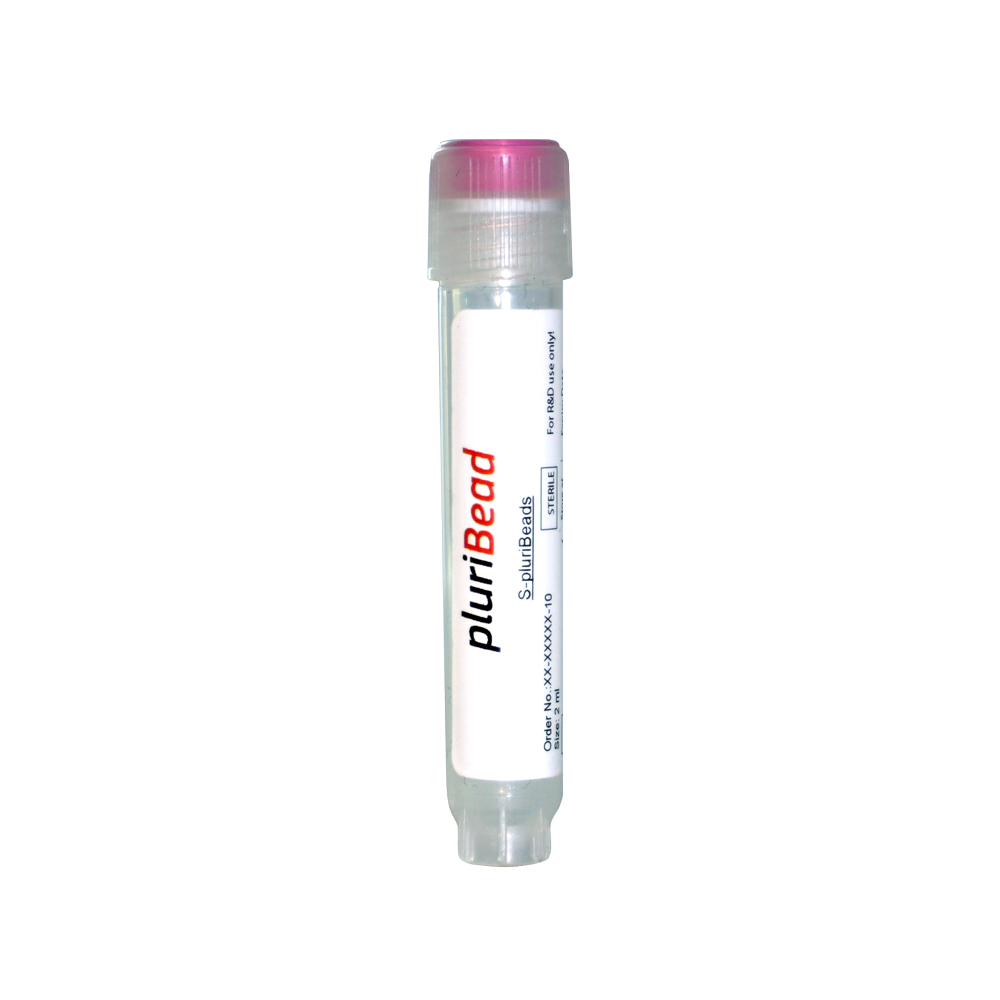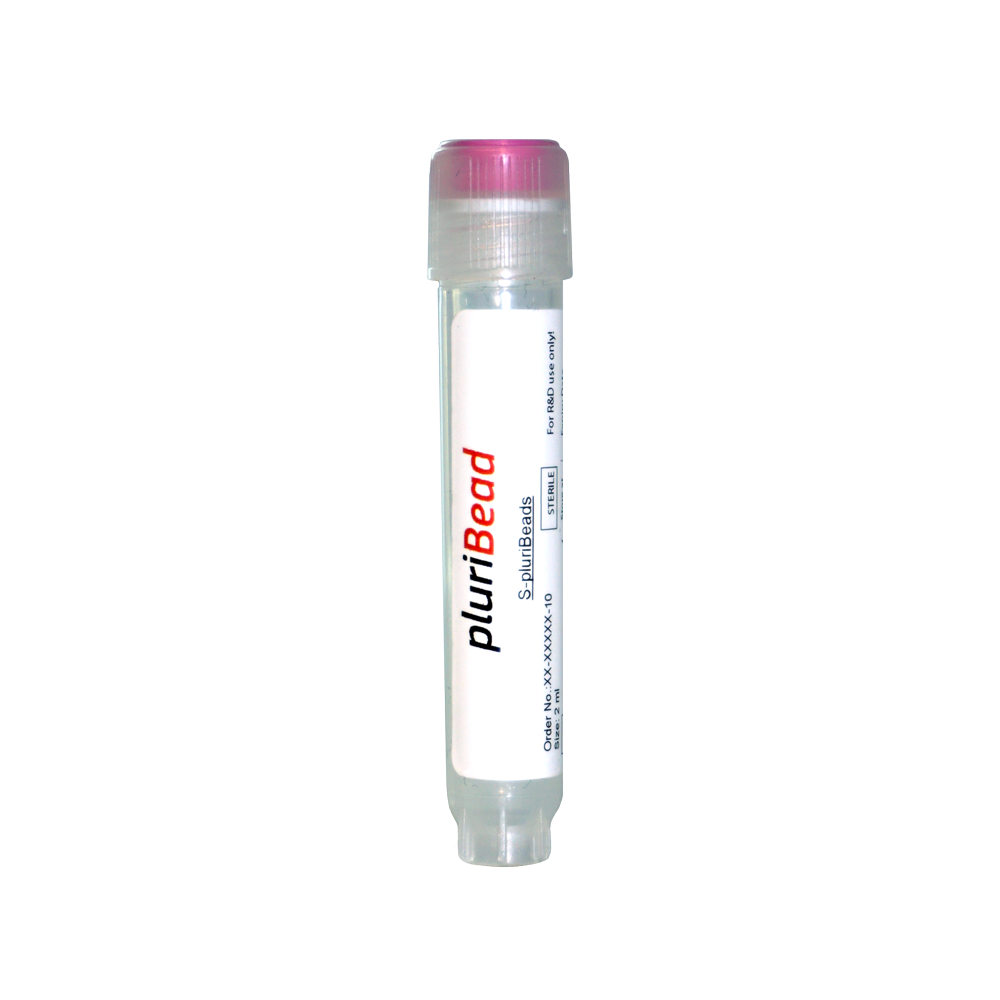Cookie Settings
当社は、お客様に最適な体験を提供するためにクッキーを使用しています。 技術的に必要なクッキーはショッピングを可能にするために使用され、統計は匿名化されたGoogleアナリティクスに使用されます。 すべては、更新された プライバシーポリシー.
T helper cells (Th cells) help other leukocytes in immunologic processes, including maturation of B cells into plasma cells and memory B cells. They also activate cytotoxic T cells and macrophages. The cells are also called CD4+ T cells because they express the CD4 glycoprotein on their surfaces. T helper cells become activated when they recognize with their T cell receptor specific a peptide antigen that are presented by MHC class II molecules, which are expressed on the surface of antigen-presenting cells (APCs). Once activated, they divide rapidly and secrete small proteins (cytokines) that regulate or assist in the active immune response. These cells can differentiate into one of several subtypes, including TH1, TH2, TH3, TH17, TH9, or TFH, which secrete different cytokines patterns to facilitate different types of immune responses. Signaling from the APC directs T cells into particular subtypes.



